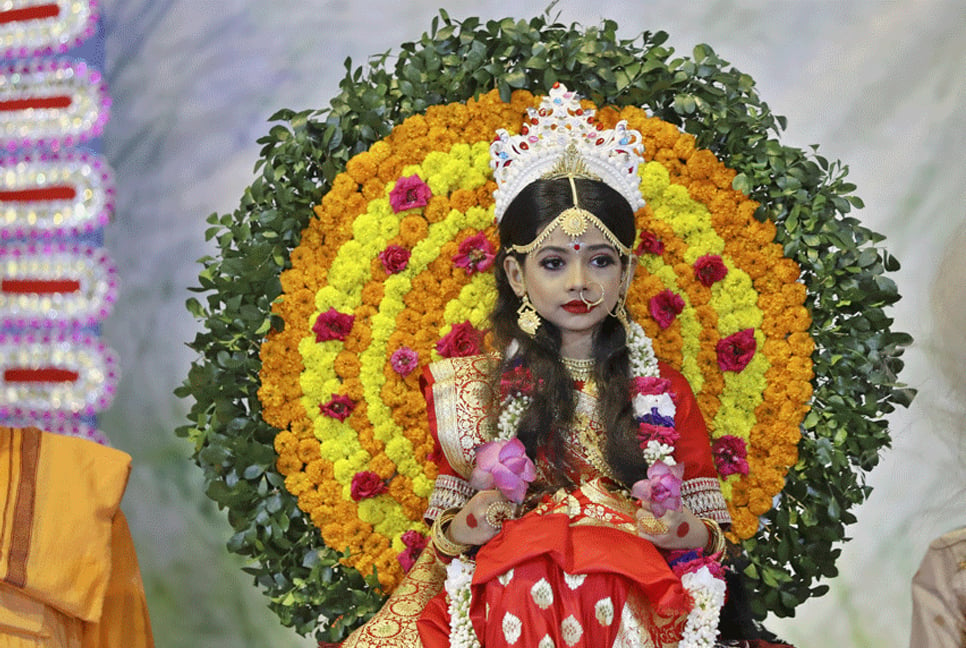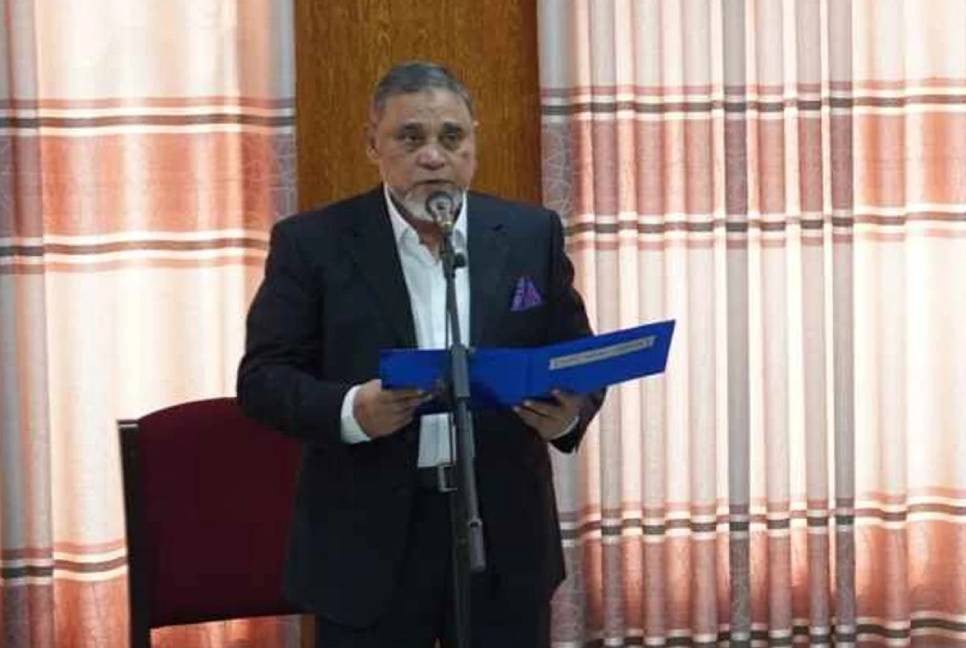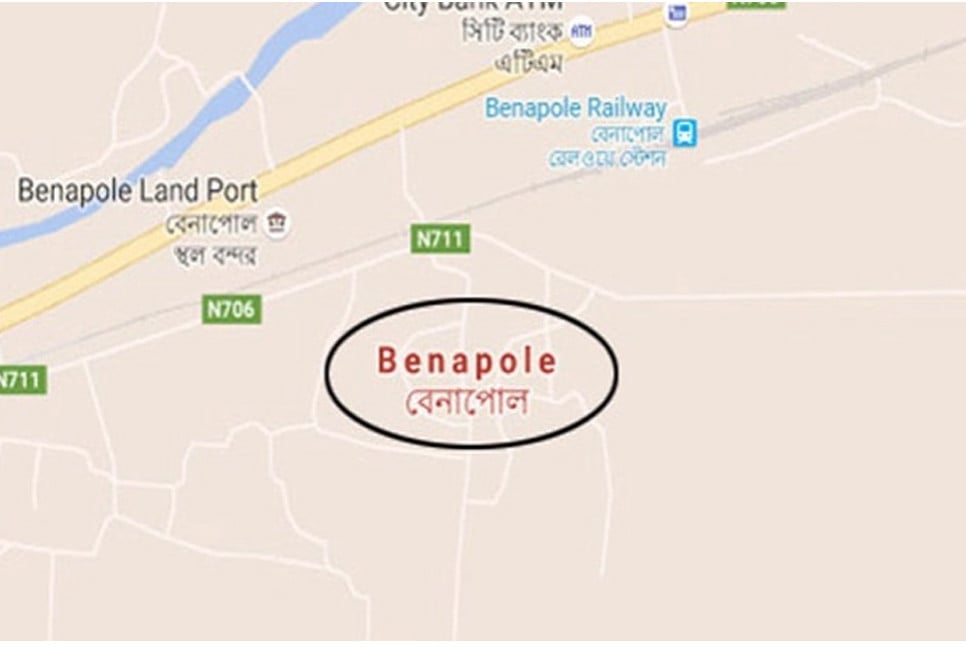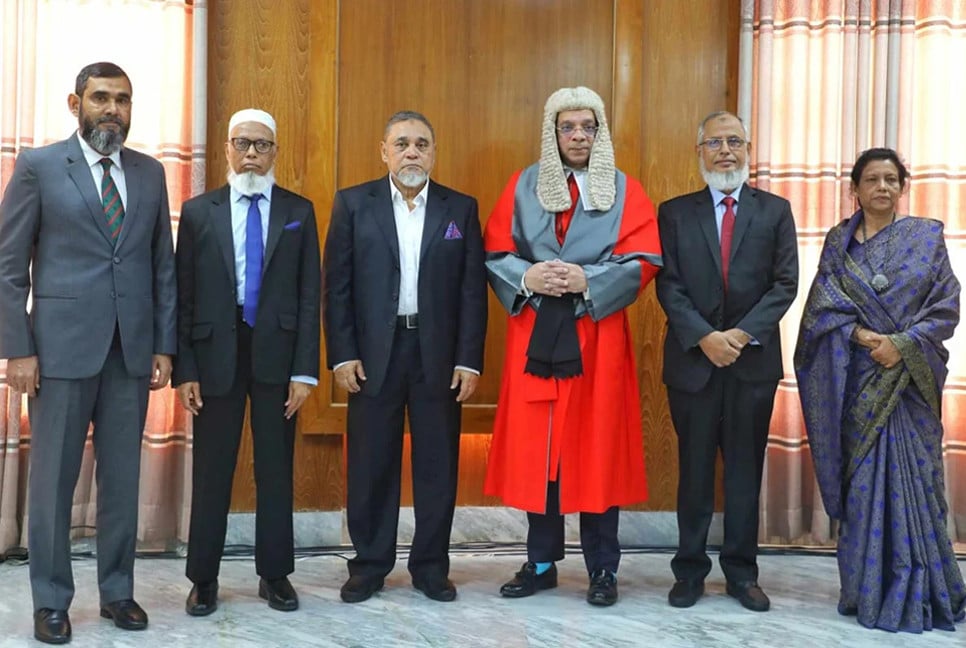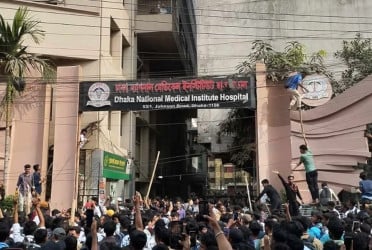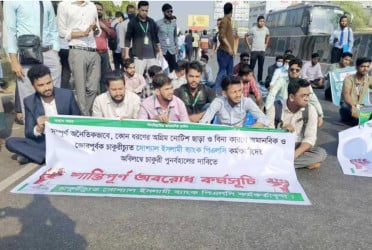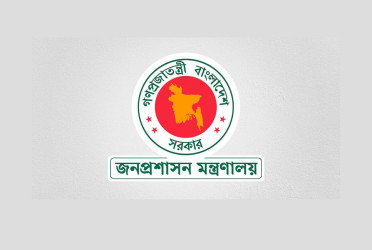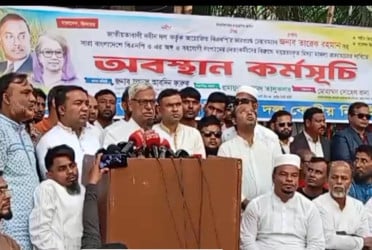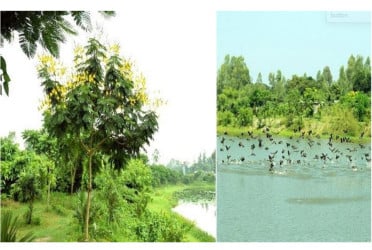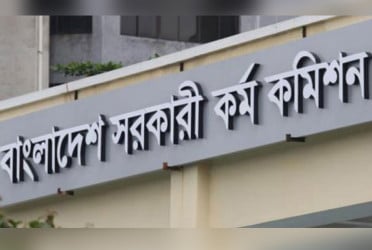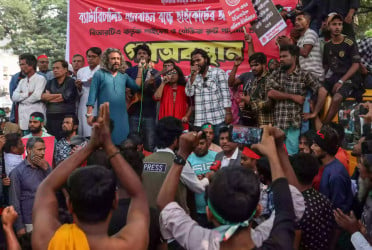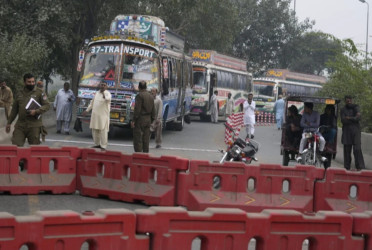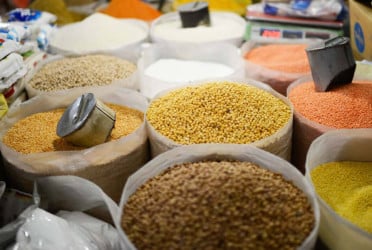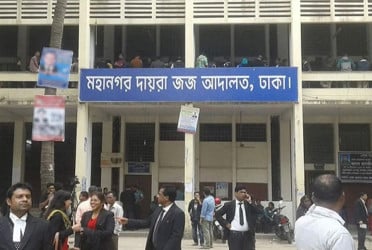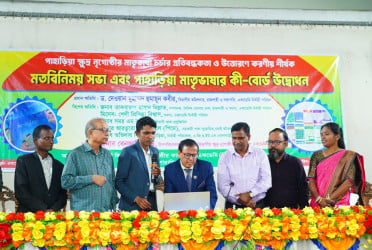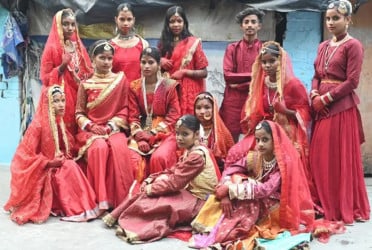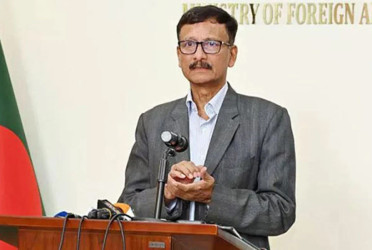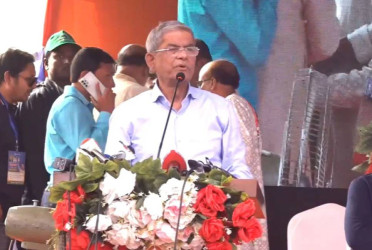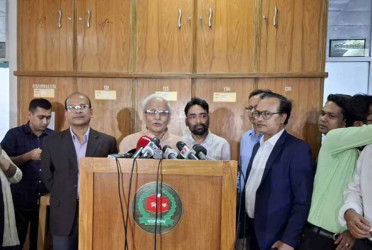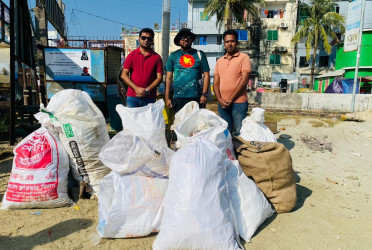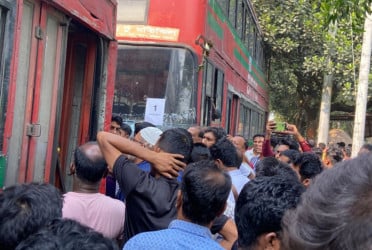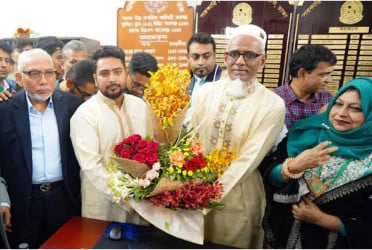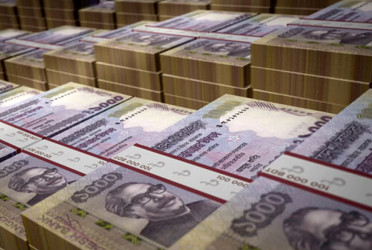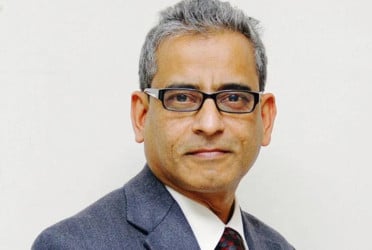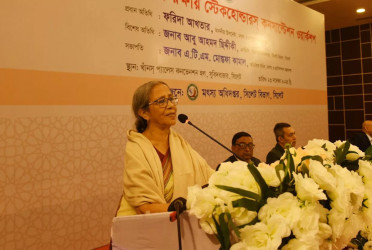Maha Ashtami was celebrated on Friday, and Maha Navami, the fourth day of the Durga Puja, will be celebrated today at different puja mandaps (marquees) in Dhaka and other places across the country.
On this day, priests will conduct the rituals that culminate with a devotional offering called “Maha-arati”.
Navami Tithi began on Friday with a customary lighting of 108 earthen lamps and offering of 108 lotus flowers.
And Navami Bhog was offered to the Goddess Durga and distributed among the devotees who gathered at the puja mandaps as the Ashtami and Navami Puja fell on the same day this year. Yet the jagga of the puja will be held today.
Earlier, on Wednesday, the Maha Ashtami puja was celebrated offering obeisance to Goddess Durga. The auspicious “Sandhi Puja” was performed at the confluence of Maha Ashtami and Maha Navami in a serene and festive mood.
According to Hindu mythology, Devi Durga kills Chandu and Mundu, the two asuras, and thus acquired the name “Chamunda” at this “sandhikhan”.
People of all ages gathered at different puja mandaps in the capital and other parts of the country from the early morning seeking the blessings of the deity. They recited hymns while offering Anjali before her.
The ambience of puja mandaps got a festive mood as the dhakis (drummers) attracted the devotees near the puja place, beating their instruments.
Devotees rushed to the Ramkrishna Math and Ramkrishna Mission in the capital and other parts of the country to observe Kumari Puja as this special puja is offered only there.
According to Hindu philosophy, Kumari puja was initiated to establish the importance of women who symbolise the power that regulates creation on the earth, and Devi Durga, the idol of divine power against all evils, manifests herself more in a pure-hearted girl. Kumari Shakti is the basis of all creation.
This year eight-year old Sanghita Bhattacharya was chosen as Kumari mother. Her family lives in Rampura’s Banasree. She was given a new name, Kubjika, as per the religious rituals. Priests revealed her identity following the end of the day’s puja.
Later, from the afternoon to midnight, thousands of people, irrespective of their religious identity, together thronged to different puja mandaps with their family members and friends for sharing the joy of puja.
Bd-pratidin English/Afia

